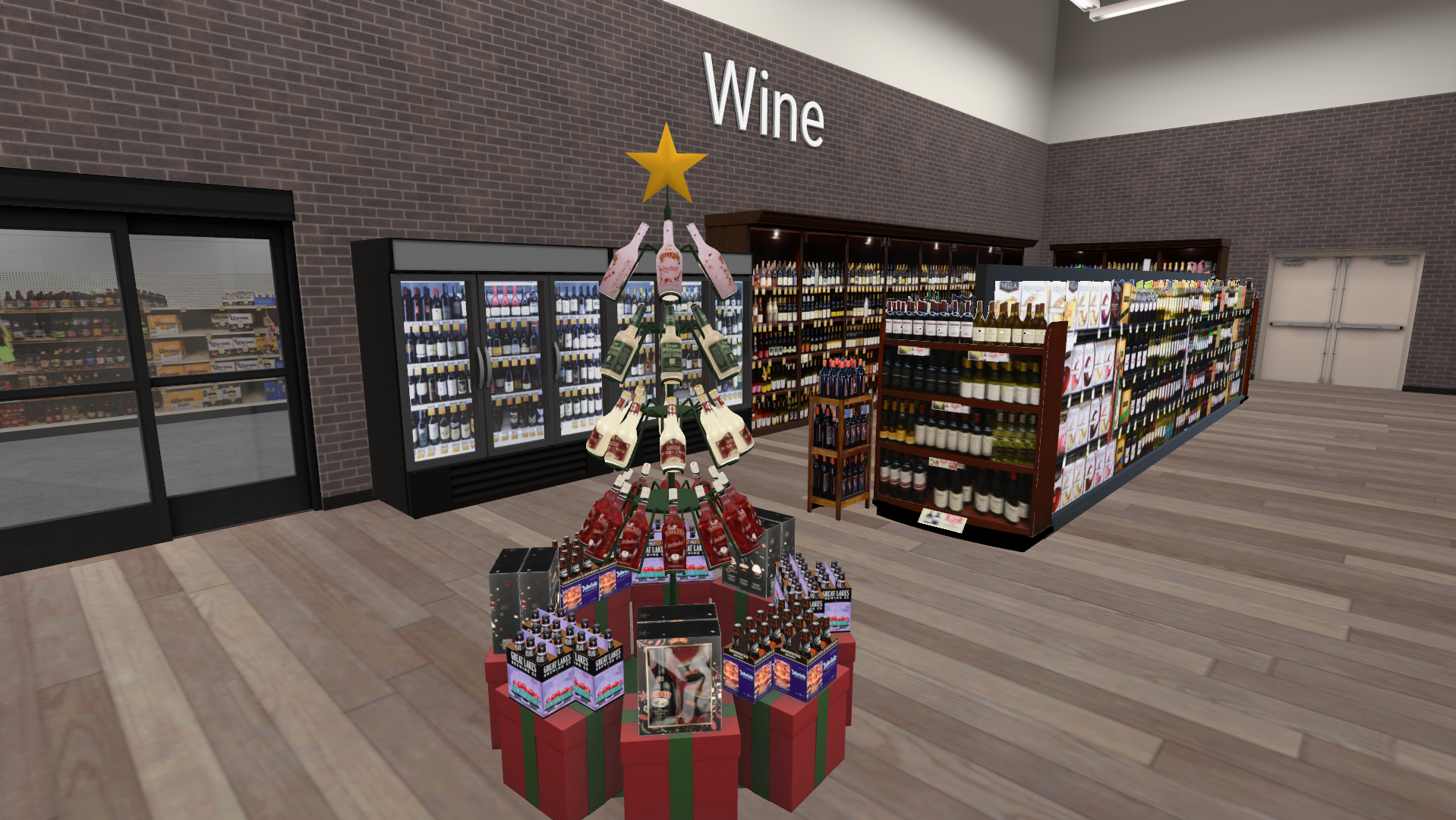Retailers and brands dealt with many challenges and changes thrown their way since the start of the global pandemic: panic-buying, face mask policies, and the rethinking of store layouts and how to merchandise when shoppers are no longer lingering in stores.
Visual merchandising, in particular, has consistently been an important part of a brand or store teams’ strategy, creating ways to catch the attention of shoppers and making it easy for them to find what they are looking for. Today, however, understanding shopper needs and creating the right visual queues and messages is more important than ever—so they can get what they need, fast.
While there’s been an uptick in click and collect (our data showed BOPIS–buy online pick up in store–went up from 12% pre-pandemic to 22% in April 2020, with the trend expected to continue), the fact remains shopping in physical stores is still the number one way people are getting their groceries. How should visual merchandising and shopper marketing teams change their approach?
They need to be more agile, and smarter about how they market products in-store. They can help accomplish that is with virtual simulations, in two different ways:
Visualize and iterate on marketing concepts
A popular merchandising trend has been to create mini-stores within a store, featuring everything shoppers need for a certain occasion. For example, grouping marshmallows, graham crackers, chocolate bars and sparklers allows shoppers to purchase their 4th of July staples in one fell swoop.
Today, grouping by occasion could expand to many different areas, including PPE essentials like medicine, face masks, hand sanitizer and disinfecting wipes, or at-home gardening kits with seeds, plants, and potting soil. Being able to visualize what these concepts will look like in the context of the store, before making any physical changes, helps brand and store teams get a better idea of how to move forward.
Conduct virtual research to understand shopper needs
Right now, providing clear, engaging signage is helpful for shoppers who want to feel safer when shopping inside a store. With virtual, teams can field a virtual study on multiple signage concepts to quickly and accurately assess what resonates best with shoppers, and gives insight into how they prefer to navigate the store.
At the shelf, brands need to be more proactive than ever about learning what draws shoppers to a certain product. Was it the placement on the shelf? Was it private label vs. national brand? Could they find it easily or were they frustrated? Virtual testing enables teams to analyze different concepts in a safe, digital setting, and learn why shoppers behave they way they did.
Whether it’s for today’s uncertain landscape, or tomorrow’s new normal, leveraging virtual for visual merchandising strategies provides efficient, effective retail insights—ultimately creating a positive in-store experience for your shoppers.





